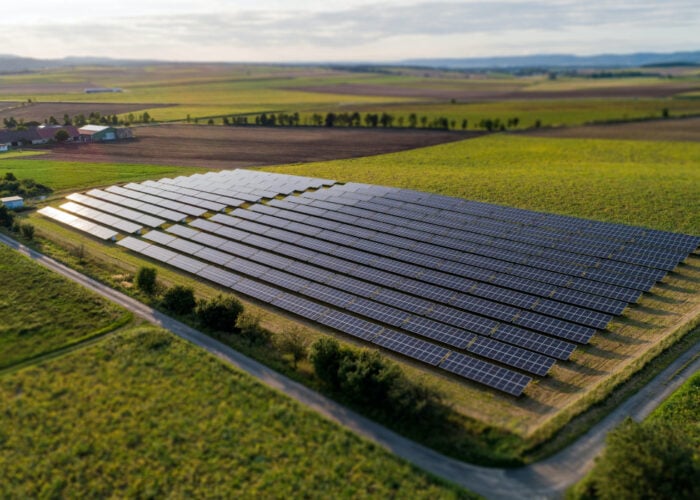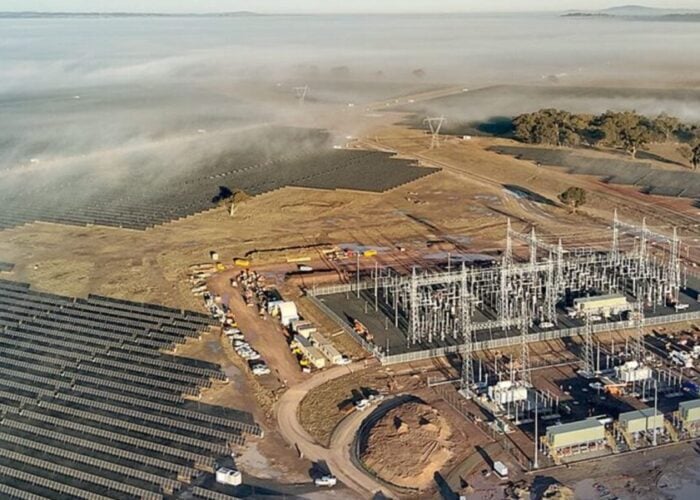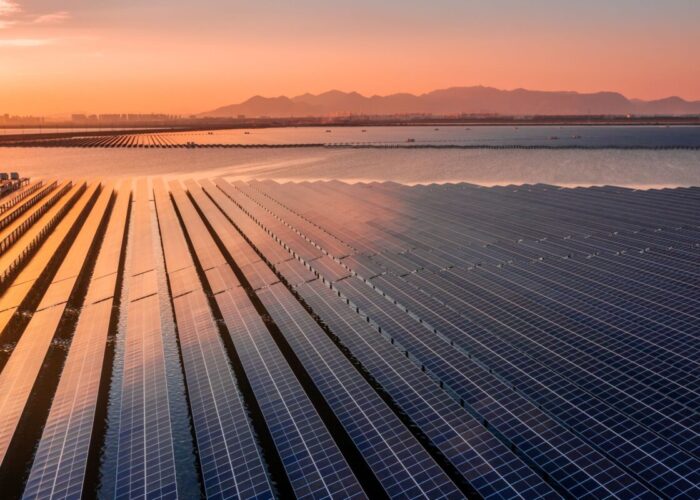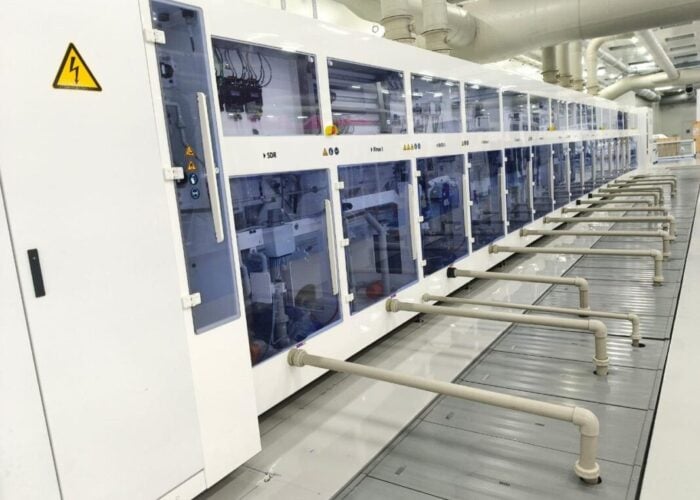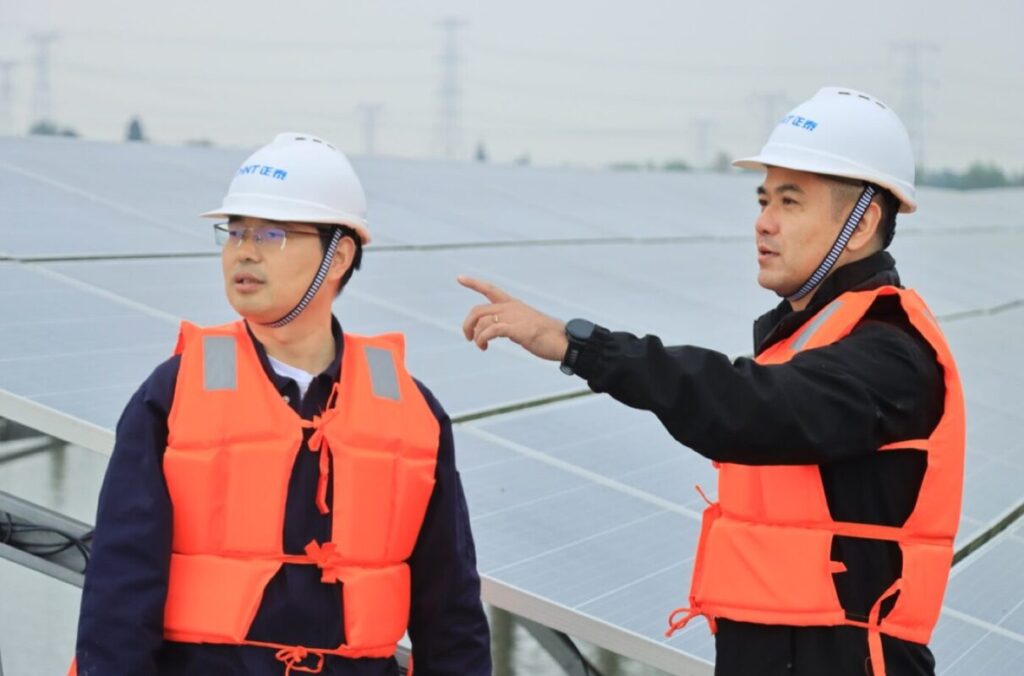
Leading Chinese manufacturer Astronergy completed its first zero busbar (ZBB) contract in 2024, an important milestone for the company. But, as chairman and CEO Dr Chuan Lu tells PV Tech, companies need to be more aware than ever of global sustainability compliance and supply chain resilience. Here, Lu speaks to PV Tech about the company’s 2024, and what it expects in 2025.
PV Tech: In both your own business and the wider market, what were the biggest highlights or milestones of 2024 and why?
Unlock unlimited access for 12 whole months of distinctive global analysis
Photovoltaics International is now included.
- Regular insight and analysis of the industry’s biggest developments
- In-depth interviews with the industry’s leading figures
- Unlimited digital access to the PV Tech Power journal catalogue
- Unlimited digital access to the Photovoltaics International journal catalogue
- Access to more than 1,000 technical papers
- Discounts on Solar Media’s portfolio of events, in-person and virtual
Dr Chuan Lu: Under the current trend of green and low-carbon development, CHINT (Astronergy’s parent company) is seizing new opportunities for global energy transformation, focusing on the new energy power markets overseas. With advanced solutions, excellent construction quality and rich experience in global PV installation and operation, CHINT has won the trust and praise of its partners.
To date, CHINT’s cumulative installation overseas has exceeded 4,500MW, accumulating substantial branding and project experience. This speaks well of its coordination ability and integration advantage in industry chains in overseas markets. It is the best interpretation of the company’s brand vision of “becoming a world-leading green energy solution provider”.
In 2024, Astronergy officially released its self-developed n-type TOPCon 4.0 cell, which significantly improves the photoelectric conversion efficiency and brings higher value to the customer. In addition, following the release of the new ASTRO N7s last year, it has completed and delivered its first zero busbar (ZBB) contract. This not only means that ZBB has been realised in mainstream high-efficiency n-type PV products, but also marks the success of its leap from super multi-busbar (SMBB) to ZBB. It has laid a more solid foundation for the company to further consolidate its competitive position in the global market.
In the environmental, social and governance (ESG) sector, Astronergy officially joined the United Nations Women’s Empowerment Principles (WEPs), obtained the zero-carbon factory certification for its Jiuquan base, released the annual ESG report and launched the Solar The Future corporate philanthropy initiative.
Again, both for your own business and wider industry, what were the biggest hurdles or challenges for 2024 and why?
First of all, balancing cash flow security and growth is the primary challenge, and the impact of cyclical changes in industry chain on manufacturing is to be addressed by upstream and downstream industries. CHINT sketched out a competitive layout, including global project development and residential PV plant business. In addition to PV modules and cells, the company’s industry chain also comprises inverters, storage systems as well as electronic components. Against such a challenging backdrop, it is critical to integrate business across different lines.
Secondly, the overseas expansion of the new energy sector called for transition from mere product export to globalised development and even industry chain planning. This means that companies need to establish or acquire overseas production bases to realise localised production, and at the same time integrate global supply chain resources to cope with risks associated with rising logistics costs and supply chain disruptions. In addition, during localisation, it is also necessary to adapt to different national laws and regulations, labour standards and environmental policies of different countries, which further complicates business operation.
In addition, as there is growing emphasis on environmental protection and sustainable development, developed countries such as those in Europe and America are increasingly imposing strict carbon footprint requirements on imported products. This requires Chinese companies to strengthen green supply chain management and actively participate in the international carbon trading market to meet international green standards, Otherwise, they will face market access barriers.
Finally, the new energy market is full of opportunities and fierce brand competitions as well. Chinese companies need to establish a unique brand image, enhance their brand awareness and reputation in the international market. At the same time, they need to have an in-depth understanding of the consumer needs and cultural differences of the target market, and position themselves accurately to capture market shares.
What do you foresee as the biggest challenges on the horizon in 2025 for your organisation and the wider market and why?
In recent years, as global trade protectionism is on the rise, some countries have begun to adopt trade restriction measures, bringing uncertainties on PV product export. In 2025, PV industry may continue to face challenges posed by trade protectionism, which could restrict export markets and subsequently affect the profitability and market share of the company.
The intermittent and fluctuating nature of PV power poses challenges to grid connection. Due to the limited grid dispatching and absorption capacity, PV project connection is often limited. With the continuous increase of PV installations, the problem of grid access and power storage will become more prominent. If not effectively solved, these problems will restrict the development speed and market application of PV industry.
What would be the single most important thing that could happen in 2025 that would advance either your own organisation or the wider market—or both?
In 2025, the PV industry will continue to be committed to technology innovation, promoting positive changes in cost reduction, efficiency enhancement and industrialisation of various new technologies.
CHINT has formed a competitiveness industry chain that spans from silicon to power plant development and investment, engineering, procurement and construction (EPC) and smart operations and maintenance (O&M). It offers comprehensive energy solutions including PV plants, storage systems, distribution network power sales, thermal power and multi-energy complementary systems. In 2025, the company will also collaborate closely within the group to ensure cash flow safety and business growth.


